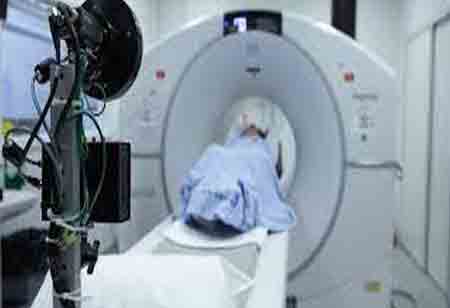Thank you for Subscribing to Healthcare Business Review Weekly Brief
Why Radionuclide Safety Must Not be Left to BMS?

Be first to read the latest tech news, Industry Leader's Insights, and CIO interviews of medium and large enterprises exclusively from Healthcare Business Review
Thank you for Subscribing to Healthcare Business Review Weekly Brief

By
Healthcare Business Review | Friday, June 18, 2021
Stay ahead of the industry with exclusive feature stories on the top companies, expert insights and the latest news delivered straight to your inbox. Subscribe today.
In this case, the radioactive decay of the tracer produces subatomic particles known as positrons, which interact with electrons in the body to produce gamma rays. This radiation is detected by the surrounding PET scanner, which generates a thorough 3D image of the affected area.
FREMONT,CA: Many hospitals integrate radiation monitoring systems with building management systems (BMS). While this is a simple option, it is not always the best one.
Anyone who has had a positron emission tomography (PET) scan is familiar with the procedure of receiving an injection containing a tracer. This radioactive chemical enables the scanner to produce a thorough 3D image of the body, which can aid doctors in detecting early signs of cancer, heart disease, and brain issues, among other conditions.
Most individuals, however, are probably unaware that the radioactive substance used in those injections is frequently manufactured on-site. Most larger hospitals have a guarded bunker in the basement that houses a cyclotron, a type of particle accelerator used to create the radioactive isotopes that comprise the tracer. Because the material has a two-hour half-life, it is significantly faster, safer, and more practical than carrying it in.
The PET Scan
Following the creation of the radioactive isotope, a second hot cell — basically a shielded room — is used to handle the material, purify it using additional chemical processes, and dispense it into syringes and other routes of distribution as orally or as a gas. The tracer is absorbed by the body once inside the patient and begins to concentrate in cells with a higher metabolic rate, such as cancer cells.



